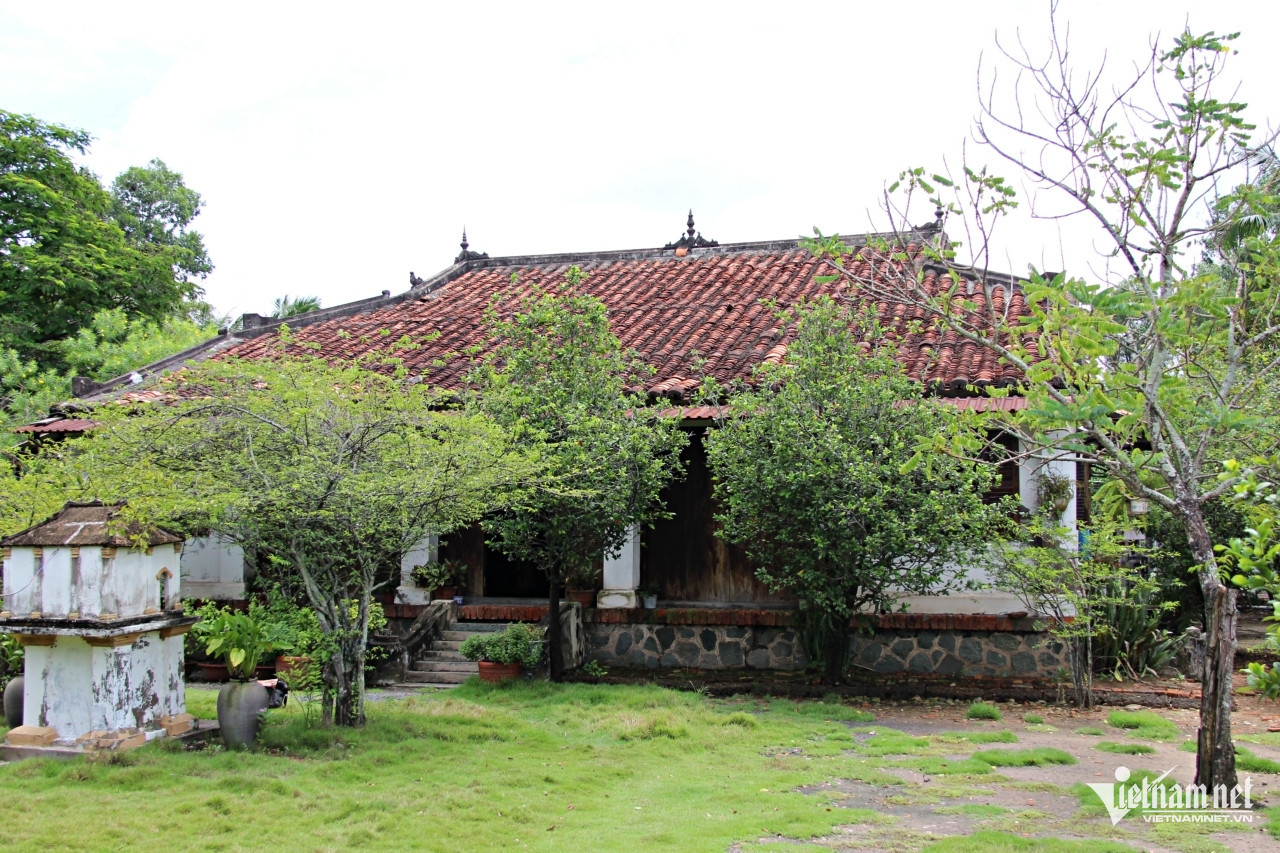
The centuries-old home of a renowned district chief is not only an architectural landmark but also a site rich in revolutionary heritage.
Located just a few dozen meters off National Highway 1A in Hamlet 1, An Phu Tay Commune, Binh Chanh District, Ho Chi Minh City, the historic house of former district chief Pham Van Huynh draws frequent visitors and film crews alike.
A sign at the entrance, provided by the An Phu Tay People's Committee, notes that construction began in 1885 and was completed in 1900. Mr. Pham Van Huynh once served as the district chief of the former Go Den District.
Currently, the home is maintained by Huynh Kim Phu (born 1959), the fourth-generation descendant of Pham Van Huynh.
According to Phu, his great-grandfather came from a wealthy family in An Binh, now part of District 5 in Ho Chi Minh City.
He was sent to France to study and, upon returning to Cho Lon, was appointed district chief of Go Den - a vast region stretching from present-day Binh Tan District to Ben Luc in Long An Province.
Seeking a convenient residence to oversee his district, Huynh purchased a partially built house in An Phu Tay in 1885 from a wealthy local family.
Phu shared: “My elders said the construction was elaborate. The wood, sourced from Central Vietnam, was floated downstream.
Once it arrived via the adjacent creek, carpenters used oxen to haul it ashore for milling and shaping.
Tiles and bricks were also transported by water. The original owners had hired skilled craftsmen from Hue, whom my great-grandfather retained to finish the work.”
By 1900, the house was complete. On the housewarming day, Huynh inscribed a Han-script plaque reading "Long Quang Hieu" and hung it in the front chamber. The corner of the plaque bears the year 1900, marking the occasion. Despite multiple renovations since, the house’s architecture and furnishings remain largely intact.
Its design reflects traditional Southern Vietnamese homes, built in the "tam gian nhi ha" style (three main compartments with two wings), with yin-yang tiled roofs and red hexagonal clay tiles on the floor.
The wooden frame features plain, uncarved pillars and beams made from precious wood. The framework interlocks precisely with 36 round columns resting on green stone bases.
Eaves and beams are carved with intricate dragon motifs. Screens, partitions, altars, and carved plaques feature delicate, relief-style carvings depicting various themes.
The home retains numerous historical artifacts: a Han-script wooden plaque inlaid with mother-of-pearl, a matching inlaid couplet at the family altar, antique wooden cabinets in Western style, a vintage daybed with 10cm-thick wood panels, and more.
A legacy of resistance
Tri Huyen Pham Van Huynh was once famed for his wealth. After marrying the daughter of a regional prefect, his landholdings expanded significantly.
Phu said his great-grandfather's estates once stretched from the current house on National Highway 1A all the way to Binh Dien Market along Nguyen Van Linh Boulevard.
He delegated the farmland to tenant farmers for rice cultivation. When inspecting the fields, the couple traveled on horseback. During harvest, rice was delivered by boat via the small canal beside the house.
According to the An Phu Tay People’s Committee, the house also played a crucial role during the resistance against French colonial forces.
The sign reads: “During the anti-French resistance, the home sheltered key figures like Professor Tran Van Giau (former Secretary of the Southern Party Committee), Huynh Van Tieng (former Chairman of the Southern Resistance Committee), Nguyen Van Chi (first Director of the Southern Education Department), and Ung Van Khiem (a Politburo member and Interior Minister in the Southern Resistance Committee). It was also a secret meeting place for the Southern Resistance Administration.”
Phu fondly recalls meeting Professor Tran Van Giau in 1976 when the revolutionary leader returned to visit the house that once hid him during the August Revolution of 1945.
“My father recalled that in the dim dusk of 1945, two men rushed into our home while we were having dinner. They introduced themselves as Tran Van Giau and Ung Van Khiem - Viet Minh cadres fleeing French pursuit - and asked to hide.
My parents hid them in the central altar loft, pulled the curtain, and removed the ladder. Moments later, six or seven French soldiers barged in, searched the house, and questioned my parents. Finding nothing, they forced my parents to sign a pledge not to harbor revolutionaries.
Later that night, we fed the men and sent them off with rice balls when their contact arrived,” Phu recounted.
In 1976, Professor Tran Van Giau returned during a trip to the South. His identity only clicked for Phu’s parents after his secretary introduced him. Emotions ran high as old memories resurfaced.
For her bravery, Phu’s mother, Le Thi Hanh, was awarded the First-Class Resistance Medal by the State.
The home was officially recognized as a municipal-level architectural heritage site by the Ho Chi Minh City People’s Committee under Decision No. 1520/QD-UBND dated March 28, 2014.
Today, Phu and his family still live in the historic house. He sweeps, dusts, and maintains the property daily, lighting incense and oil lamps at the ancestral altar.
“Despite our efforts, the house is over a century old and many parts are deteriorating - leaky tiles, rotted beams, termite damage.
I spray monthly for termites, but we don’t have the means to repair major structural issues. I hope the authorities will help restore and preserve this valuable cultural relic,” he said.
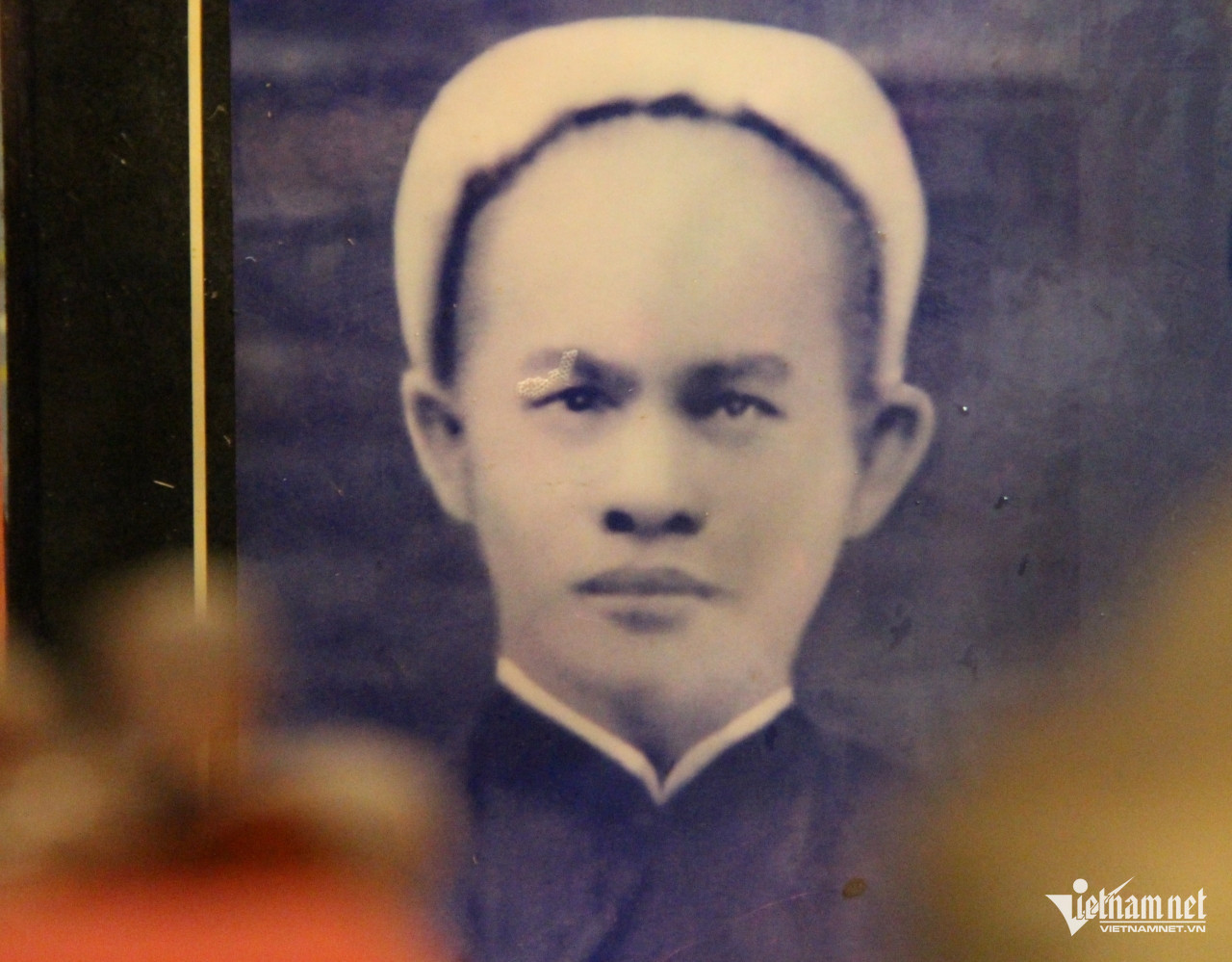
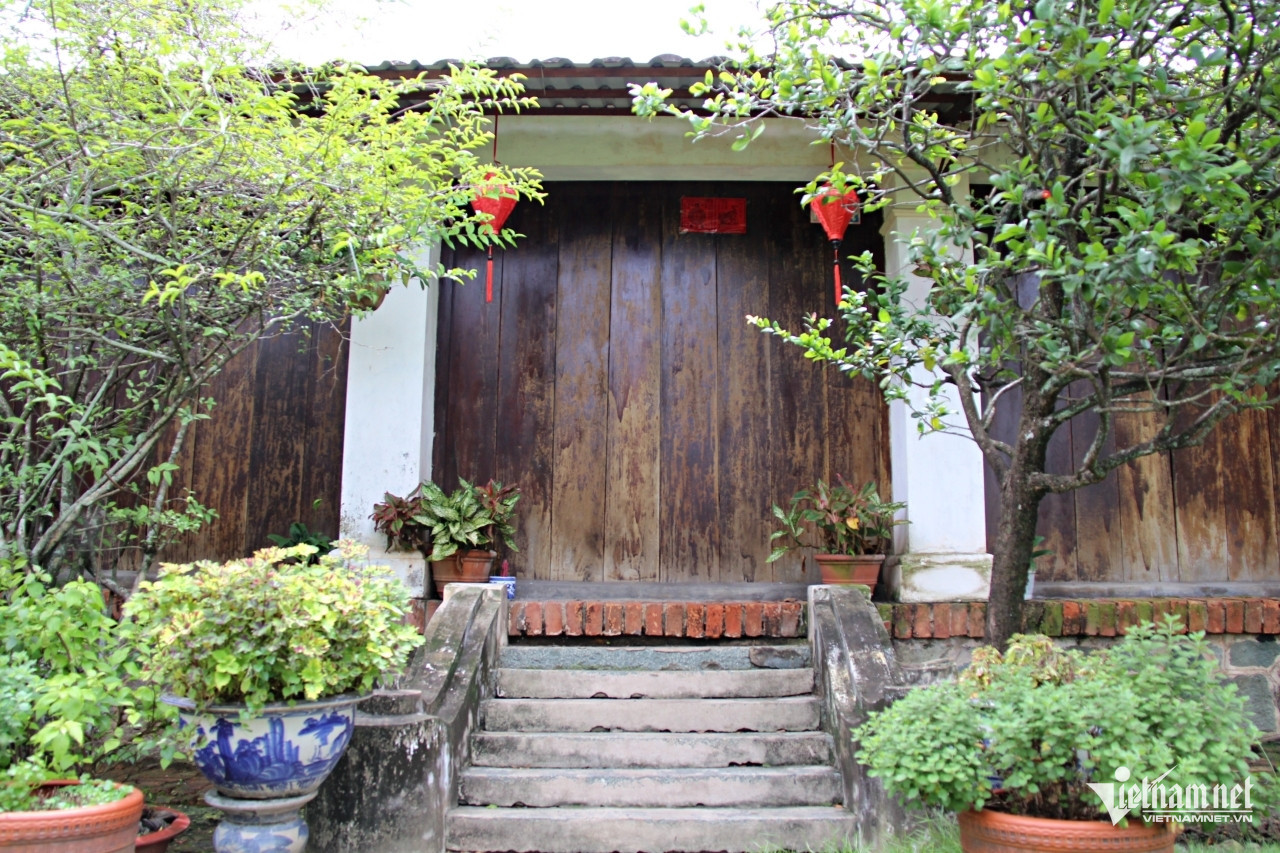
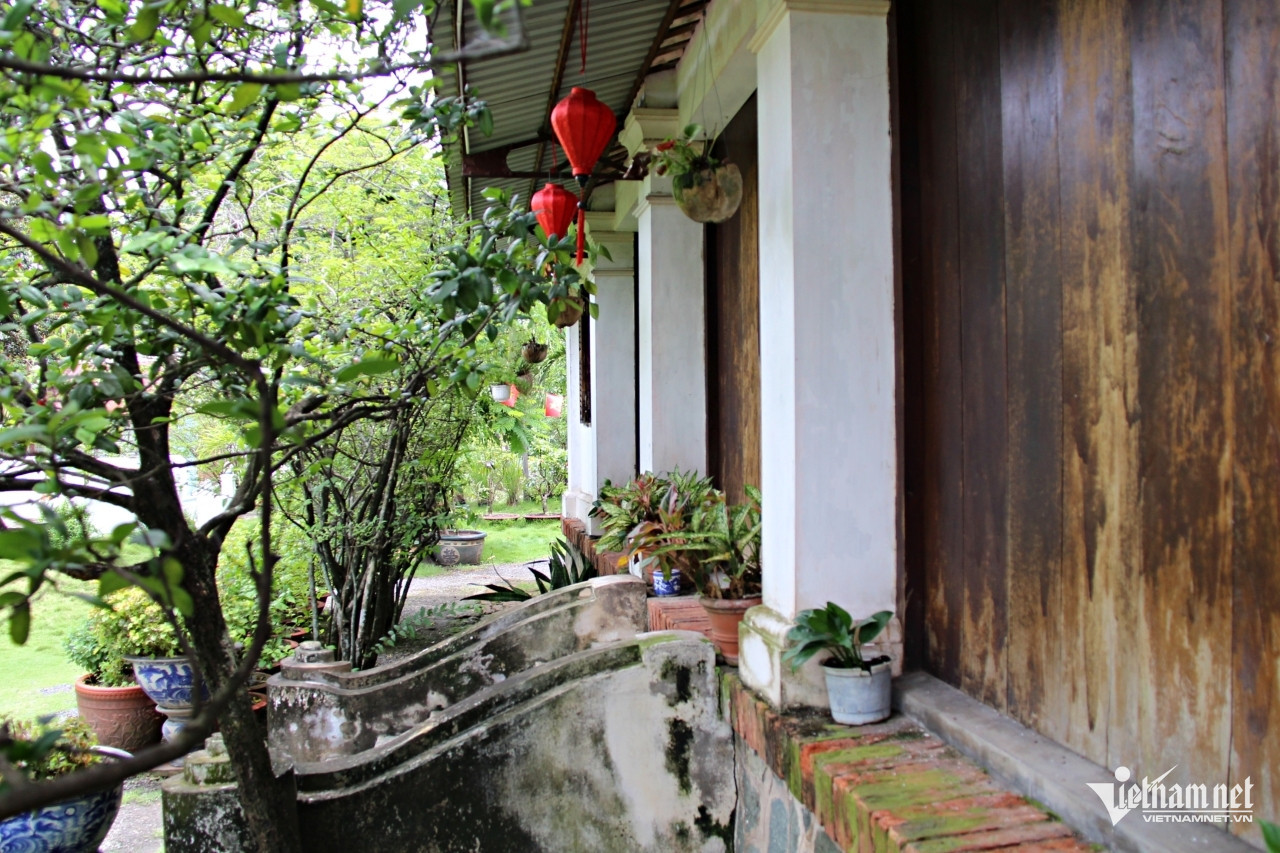
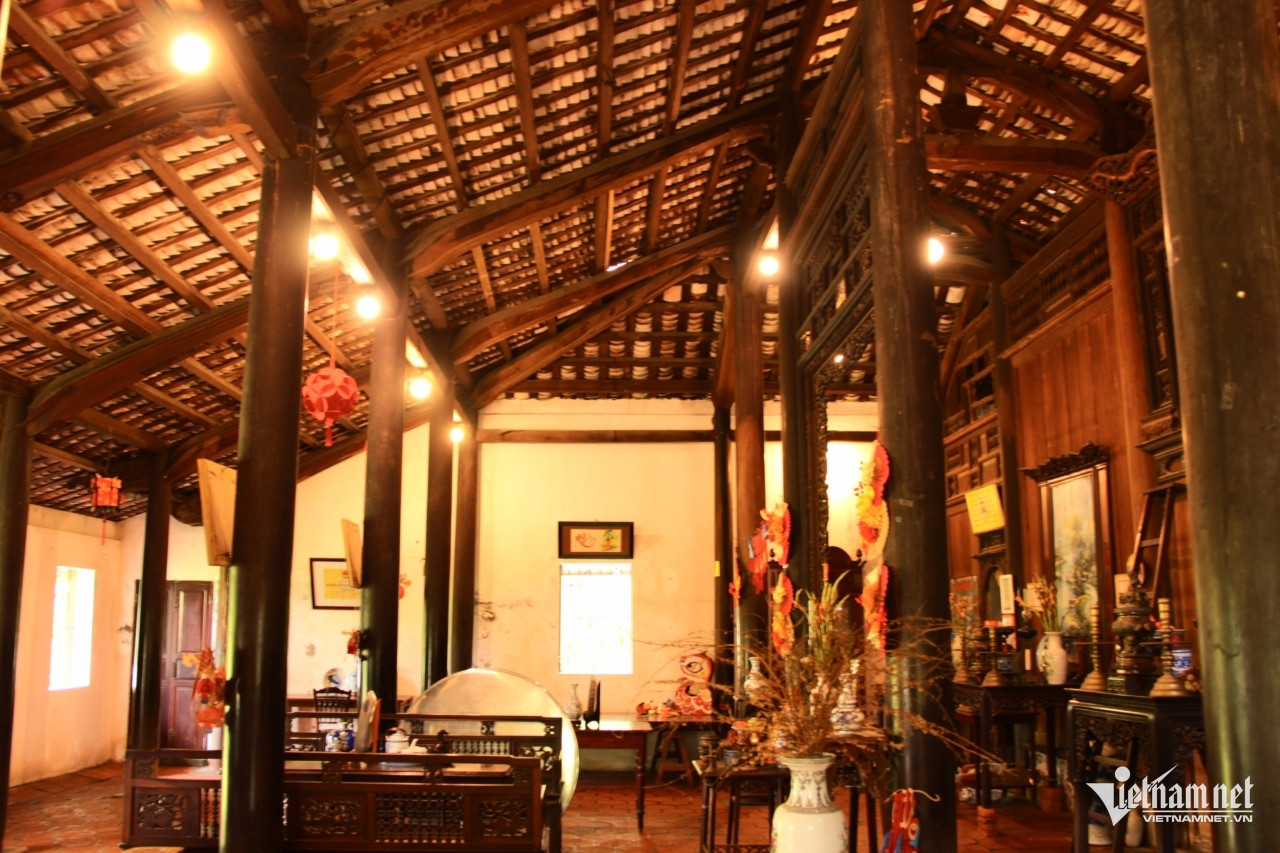
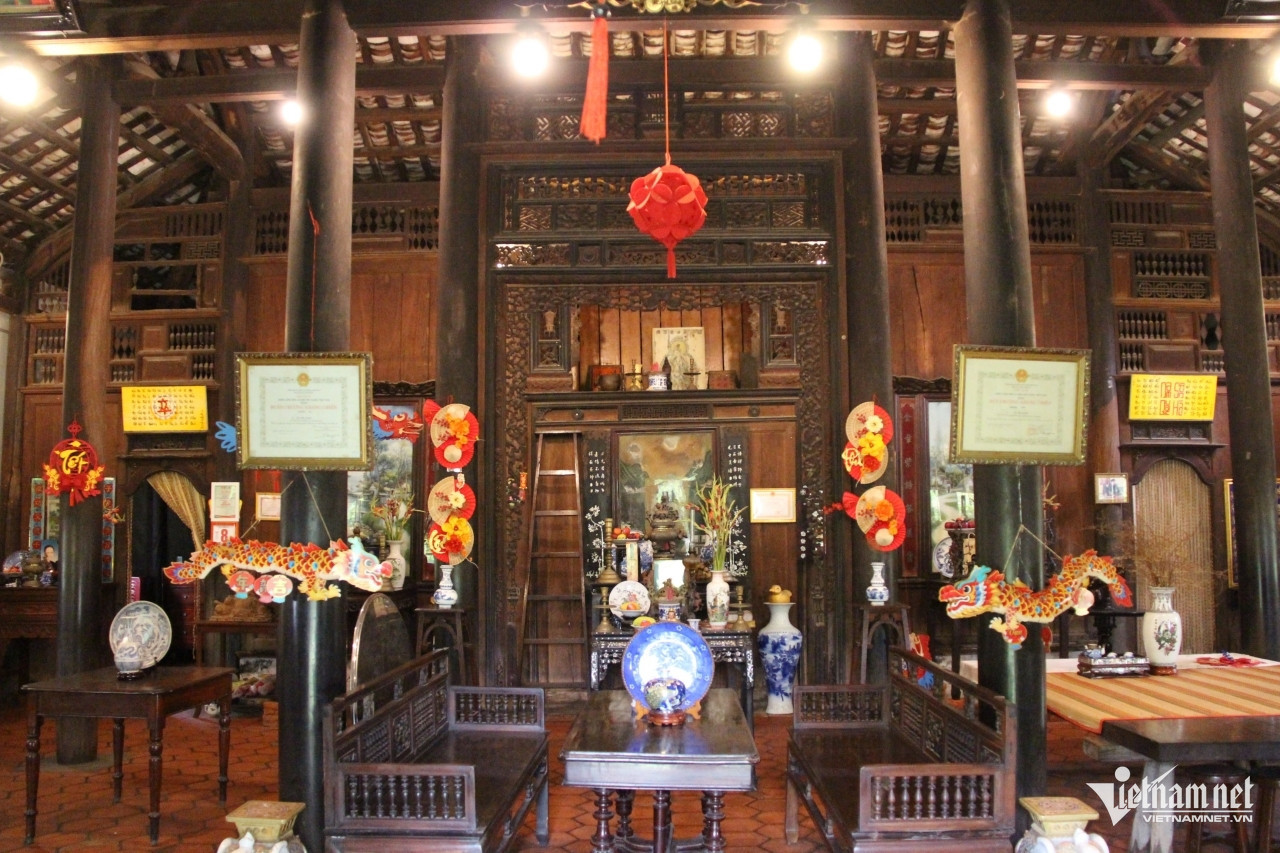
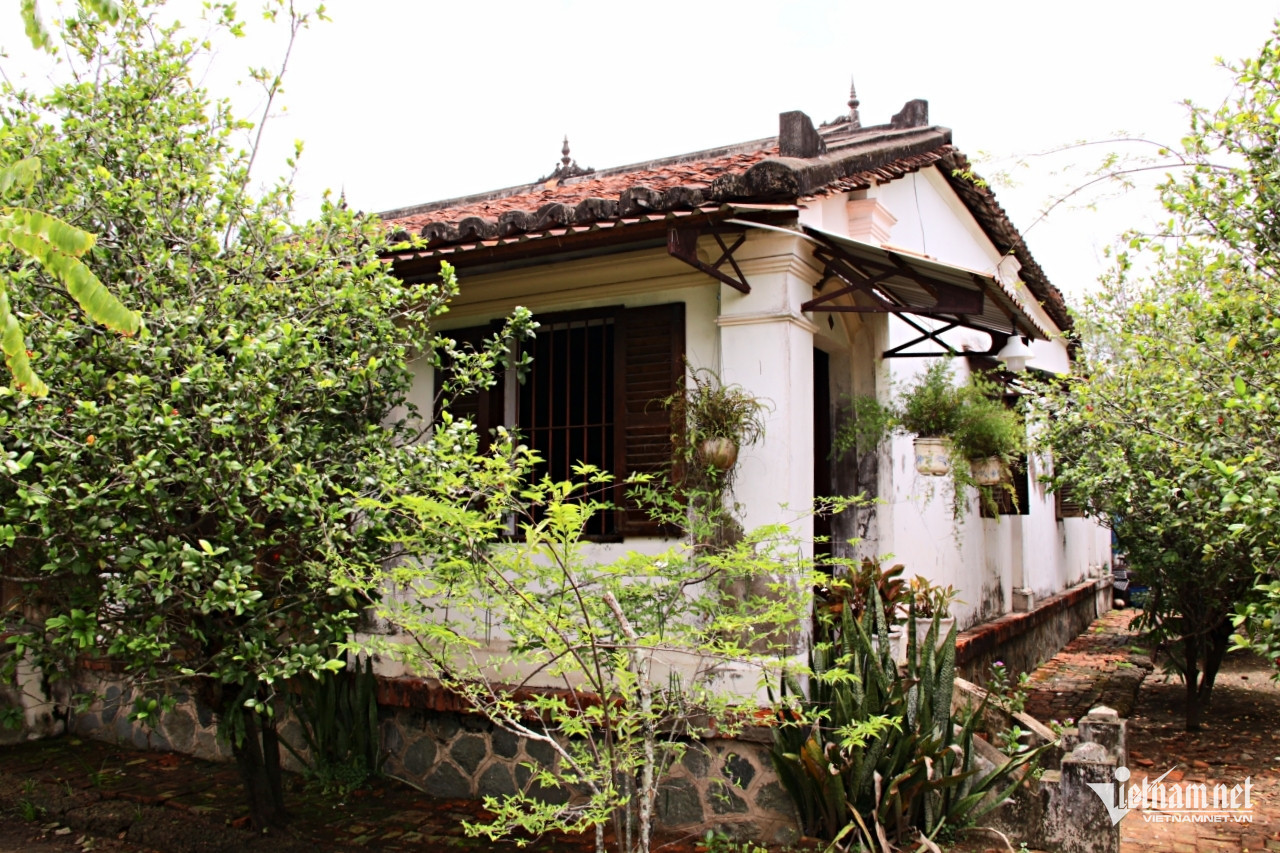
Ha Nguyen